Yirgacheffe Coffee
Region: Yirgacheffe, Southern Ethiopia
Unique Features: Yirgacheffe coffee is celebrated for its bright acidity, floral and citrusy notes, and a light to medium body. It is often described as having hints of jasmine, lemon, and bergamot, making it a favorite among those who prefer a delicate and complex cup.
Appearance of the beans: Small to medium-sized beans with an oval shape. They typically have a light to medium brown color, depending on the roast. The beans often have a smooth surface with a slight sheen due to the oils released during roasting.
Distinct Features: Yirgacheffe beans are known for their uniformity and the pronounced central groove.
Appearance when Roasted: Light to medium roast with a light brown color.
Geographical Details: Yirgacheffe is located in the Gedeo Zone, within the Southern Nations, Nationalities, and Peoples’ Region (SNNPR) of Ethiopia. The region’s high elevation, ranging from 1,700 to 2,200 meters above sea level, along with its fertile soil and ideal climate, contributes to the unique flavor profile of its coffee.
Production Methods: Typically, wet-processed (washed), which helps preserve its vibrant and nuanced flavor profile.
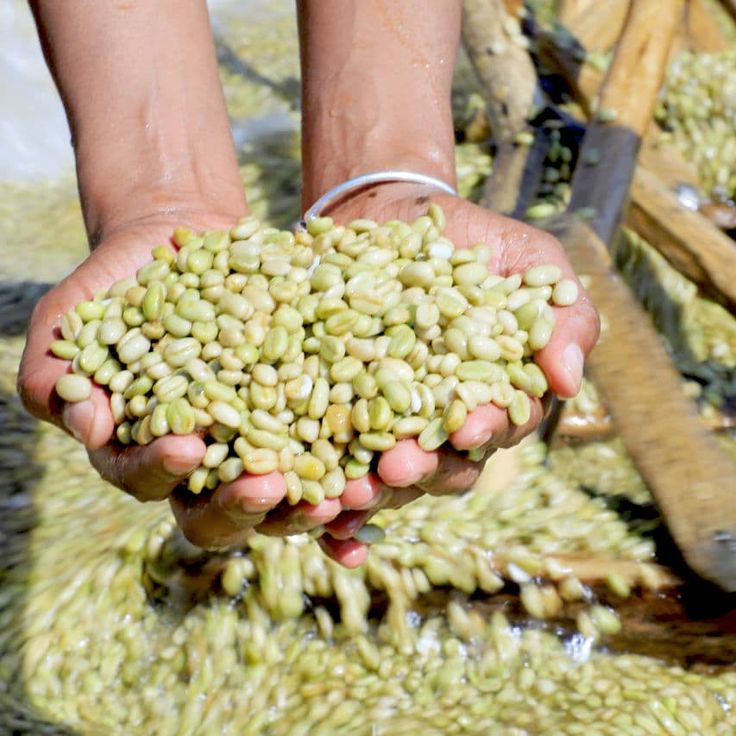
Sidamo Coffee
Region: Sidamo, Southern Ethiopia
Unique Features: Sidamo coffee is known for its rich, full body and complex flavor profile with notes of berries, citrus, and chocolate. It often has a bright acidity and a sweet, fruity aftertaste.
Appearance of the beans: Medium-sized beans with a slightly rounded shape. They tend to have a medium to dark brown color, depending on the roast level. The beans have a consistent size and a slightly oily surface.
Distinct Features: Sidamo beans may show a range of colors and slight variations in shape, reflecting the region’s diverse microclimates.
Appearance when roasted: Medium roast with a slightly darker brown color than Yirgacheffe.
Geographical Details: Sidamo is a large coffee-growing region within the SNNPR. It encompasses diverse microclimates and altitudes, ranging from 1,500 to 2,200 meters above sea level, which contribute to the wide range of flavors found in Sidamo coffee.
Production Methods: Both wet-processed (washed) and dry-processed (natural), which can influence its flavor complexity and body.
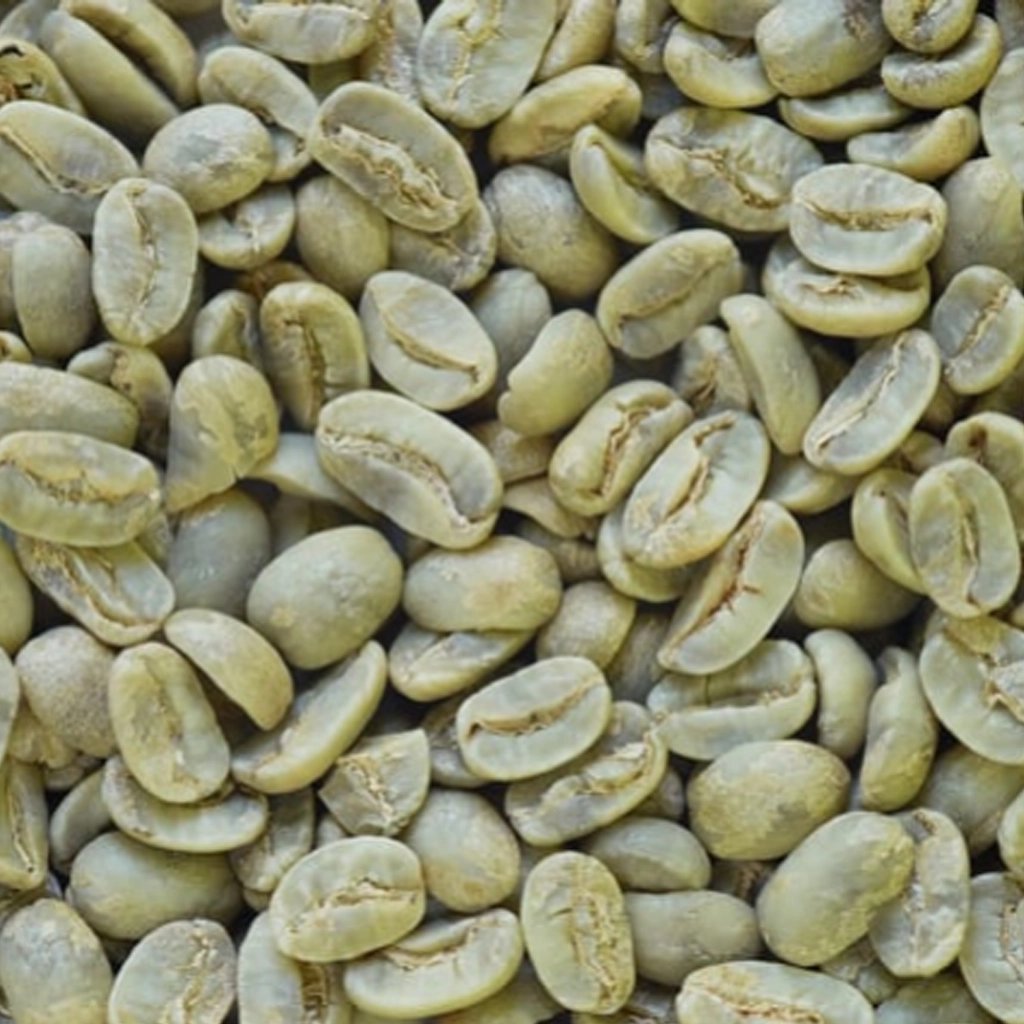
Harrar Coffee
Unique Features: Harrar coffee is famous for its bold, wine-like flavor with fruity and spicy notes. It has a heavy body and can exhibit flavors such as blueberry, apricot, and dark chocolate.
Appearance of the beans: Medium to large beans with an irregular shape. They are usually dark brown, often with a slightly rough and uneven surface, indicating their natural (dry) processing.
Distinct Features: Harrar beans often have a distinctive mottled or spotted appearance due to the dry processing method.
Appearance when roasted: Dark roast with a deep brown color.
Geographical Details: Harrar is located in the eastern part of Ethiopia, in the Oromia Region. The region’s dry, mountainous terrain, with elevations ranging from 1,400 to 2,000 meters above sea level, creates ideal conditions for producing distinctive dry-processed coffees.
Production Methods: Mostly dry-processed (natural), contributing to its intense and robust flavor profile.
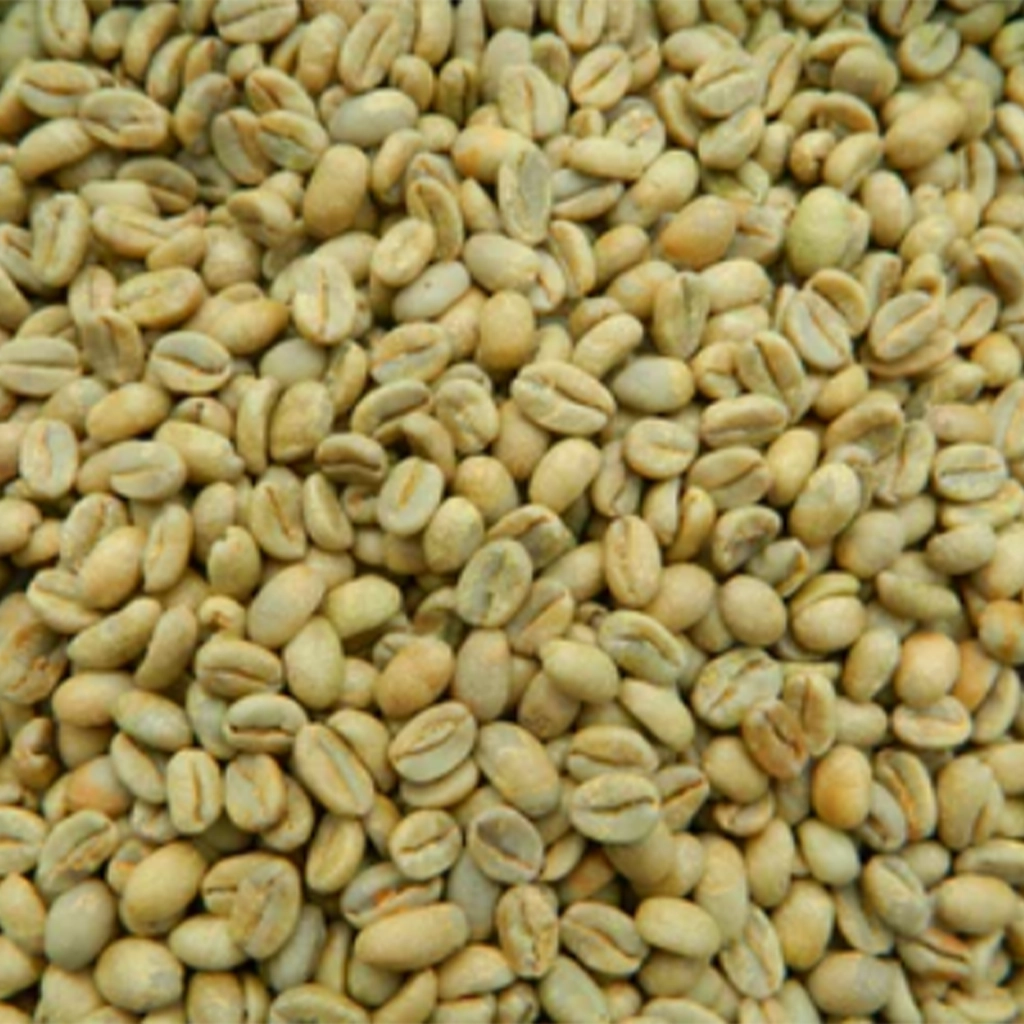
Limu Coffee
Region: Limu, Western Ethiopia
Unique Features: Limu coffee is known for its well-balanced acidity, medium body, and sweet, fruity flavors with hints of citrus and spices. It is often appreciated for its clean and bright cup.
Appearance of the beans: Medium-sized beans that are oval-shaped and consistent in size. They usually have a medium to dark brown color with a smooth surface.
Distinct Features: Limu beans often have a clean and polished look, resulting from wet processing.
Appearance when roasted: Medium roast with a medium brown color.
Geographical Details: The Limu region, located in the Oromia Region of western Ethiopia, has elevations ranging from 1,400 to 2,200 meters above sea level. The area’s rich volcanic soil and favorable climate are perfect for growing high-quality coffee.
Production Methods: Predominantly wet-processed (washed), ensuring a clean and crisp flavor.

Gesha (Geisha) Coffee
Region: Gesha Village, Western Ethiopia
Unique Features: Gesha coffee is highly prized for its exceptional quality and unique flavor profile, which includes floral and jasmine notes, along with tropical fruit and bergamot. It has a silky body and a complex, aromatic profile.
Appearance of the beans: Elongated, oval-shaped beans that are slightly larger than average. They typically have a light to medium brown color with a smooth surface.
Distinct Features: Gesha beans are renowned for their unique shape and size, standing out among other varieties.
Appearance when roasted: Light to medium roast with a light to medium brown color.
Geographical Details: Gesha Village is located in the Bench Maji Zone of the SNNPR. This highland area, with elevations between 1,900 and 2,100 meters above sea level, is renowned for producing some of the finest coffee beans in the world.
Production Methods: Typically, wet-processed (washed) to highlight its delicate and intricate flavors

Bale Mountain Coffee
Region: Bale Mountain, Southeastern Ethiopia
Unique Features: Bale Mountain coffee is known for its floral and fruity notes with a bright acidity and a light to medium body. It often exhibits flavors of stone fruits, berries, and flowers.
Appearance of the beans: Small to medium-sized beans with a light to medium brown color. They often have a smooth, consistent surface.
Distinct Features: Bale Mountain beans are typically uniform in size and shape, reflecting careful sorting and processing.
Appearance when roasted: Light to medium roast with a medium brown color.
Geographical Details: The Bale Mountain region, located in the Oromia Region, has high altitudes ranging from 1,700 to 2,200 meters above sea level. Its cool climate and fertile soil create ideal conditions for producing high-quality coffee.
Production Methods: Both wet-processed (washed) and dry-processed (natural), which can influence its flavor profile.
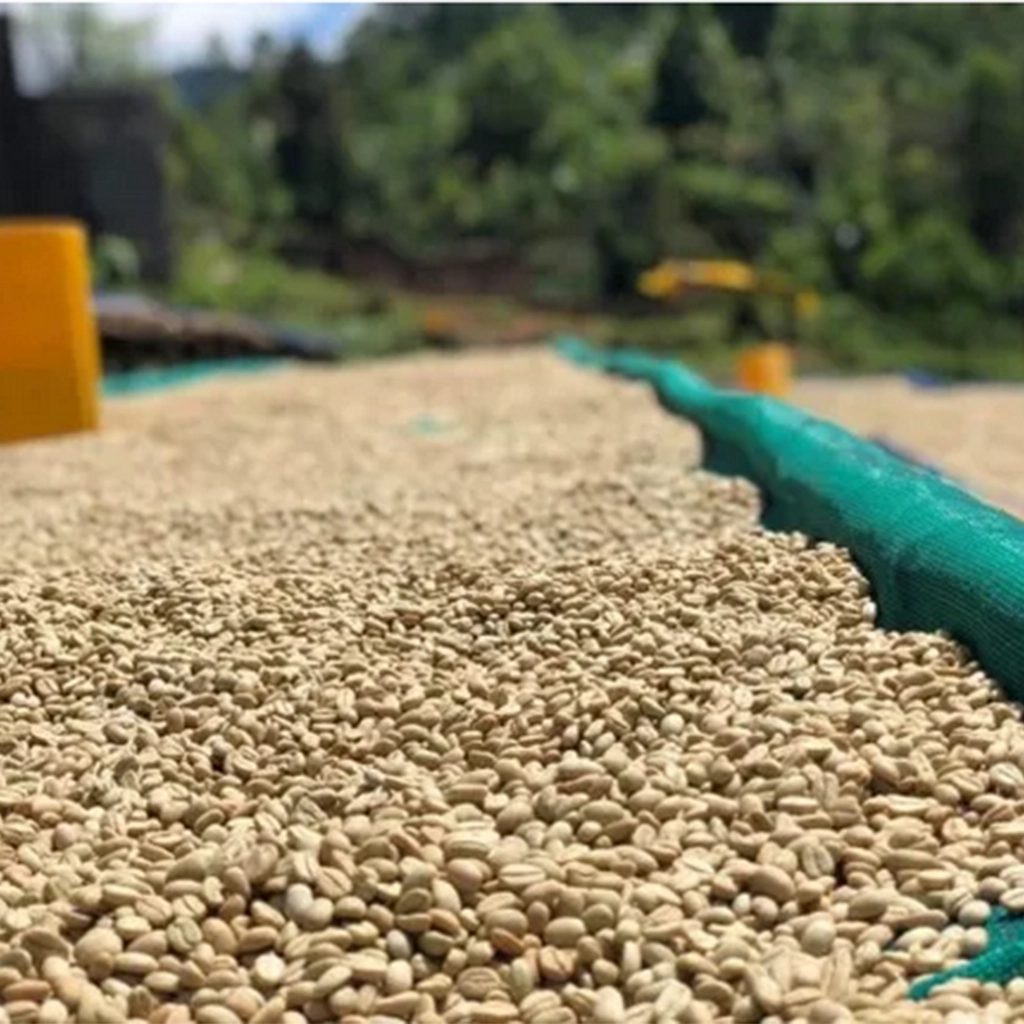
Guji Coffee
Region: Guji Zone, Southern Ethiopia
Unique Features: Guji coffee offers a unique flavor profile with notes of berries, tropical fruits, and a floral aroma. It has a medium to full body with a balanced acidity.
Appearance of the beans: Medium to large beans with an oval shape. They usually have a medium to dark brown color and a slightly oily surface, especially when dark roasted.
Distinct Features: Guji beans often have a pronounced central groove and a uniform appearance.
Appearance when roasted: Medium to dark roast with a dark brown color.
Geographical Details: The Guji Zone, part of the Oromia Region, is characterized by high altitudes ranging from 1,500 to 2,300 meters above sea level. The region’s diverse microclimates and rich soil contribute to the distinctive flavors of Guji coffee.
Production Methods: Both wet-processed (washed) and dry-processed (natural), contributing to its rich and diverse flavors.

Jimma Coffee
Region: Jimma, Southwestern Ethiopia
Unique Features: Jimma coffee is often characterized by its fruity and wine-like flavors with a heavy body and a vibrant acidity. It can have notes of berries, chocolate, and spices.
Appearance of the beans: Medium to large beans that are somewhat irregular in shape. They tend to have a dark brown color with a slightly rough surface due to the natural processing method.
Distinct Features: Jimma beans often have a distinctive rustic appearance, with some color variation and a less polished look.
Appearance of the beans: Dark roast with a deep brown color.
Geographical Details: Jimma is located in the Oromia Region and is known for its lush, fertile land and high altitudes ranging from 1,400 to 2,100 meters above sea level. These conditions are ideal for growing high-quality coffee.
Production Methods: Mostly dry-processed (natural), enhancing its bold and complex flavors.
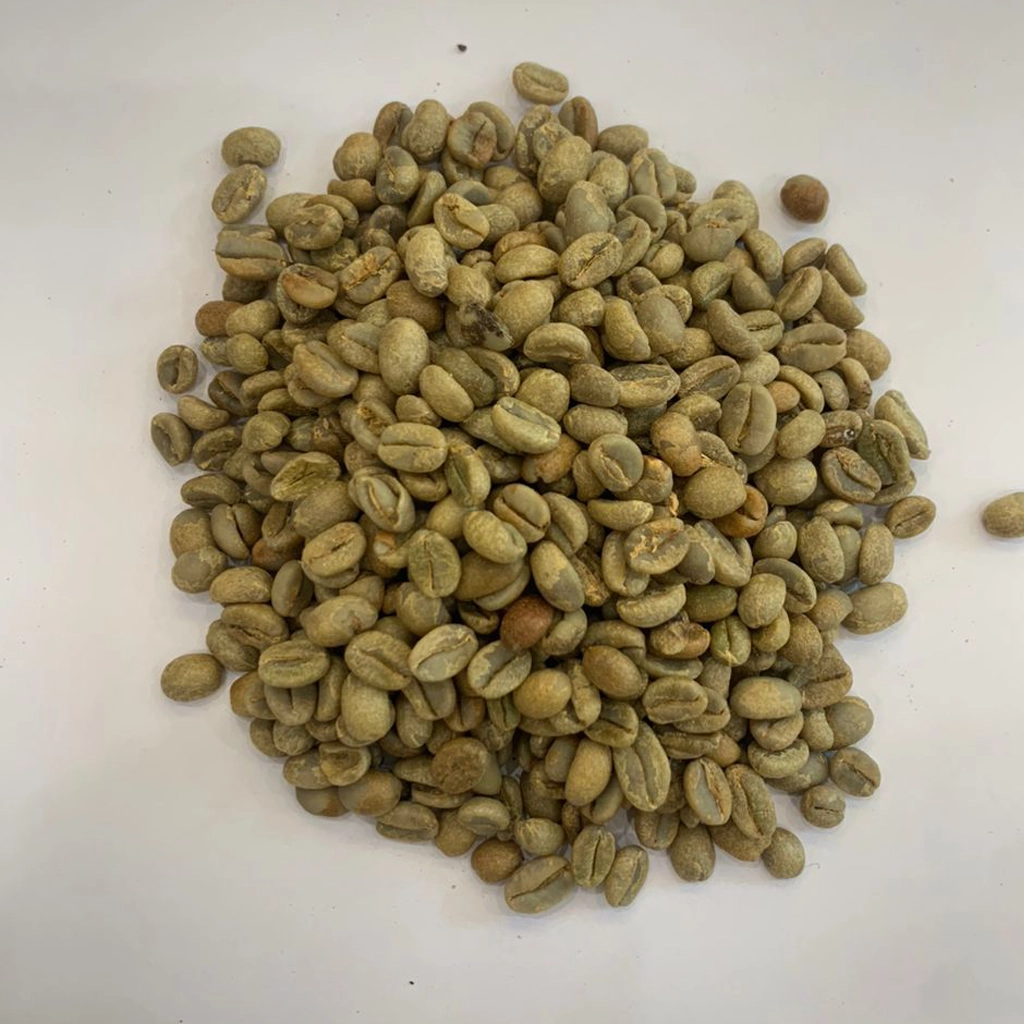
Illubabor Coffee
Region: Illubabor, Western Ethiopia
Unique Features: Illubabor coffee is known for its sweet and fruity notes with a medium body and a balanced acidity. It often has hints of berries, citrus, and floral undertones.
Appearance of the beans: Medium-sized beans that are oval and uniform in shape. They usually have a medium brown color and a smooth surface.
Distinct Features: Illubabor beans have a clean and polished appearance, thanks to wet processing.
Appearance when roasted: Medium roast with a medium brown color.
Geographical Details: The Illubabor region, located in the Oromia Region, has high altitudes and a favorable climate that supports the growth of quality coffee beans. Elevations range from 1,300 to 1,900 meters above sea level.
Production Methods: Predominantly wet-processed (washed), ensuring a clean and crisp flavor.

Wollega (Lekempti) Coffee
Region: Wollega, Western Ethiopia
Unique Features: Wollega coffee is recognized for its fruity and wine-like flavor with a full body and a bright acidity. It often has notes of berries, spices, and chocolate.
Appearance of the beans: Medium to large beans with an irregular shape. They are often dark brown with a rough surface, indicative of the natural processing method.
Distinct Features: Wollega beans are known for their unique mottled appearance and slight size variations.
Appearance when roasted: Dark roast with a deep brown color.
Geographical Details: The Wollega region, situated in the Oromia Region, has elevations ranging from 1,400 to 2,100 meters above sea level. The area’s fertile soil and favorable climate contribute to the unique flavor profile of Wollega coffee.
Production Methods: Mostly dry-processed (natural), which contributes to its bold and intense flavor profile.
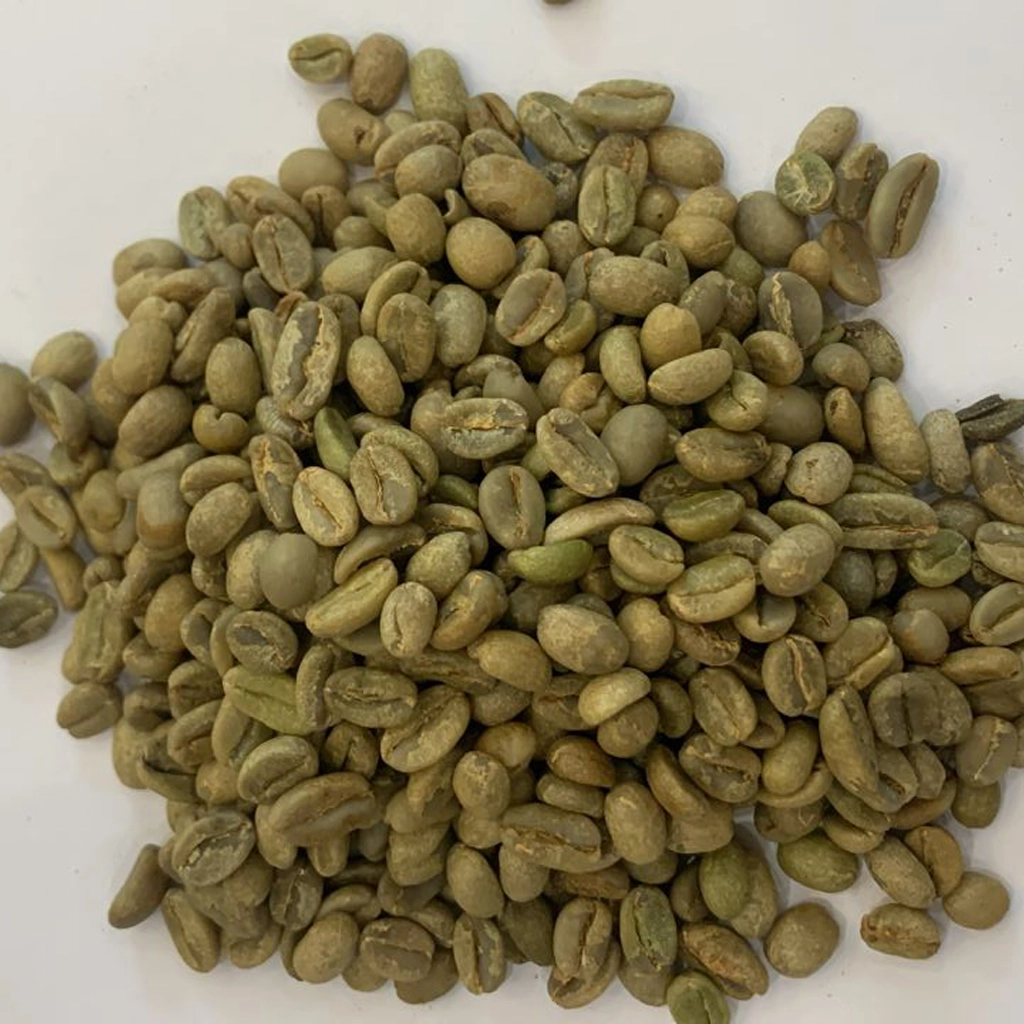
Kaffa Wild Coffee
Region: Kaffa, Southwestern Ethiopia
Unique Features: Kaffa Wild Coffee is known for its complex and robust flavors, with notes of wild berries, spices, and a hint of earthiness. It has a medium to full body and a balanced acidity, reflecting its wild and natural origins.
Appearance of the Beans: Medium to large beans with an irregular shape due to their wild growth. They can vary in color from light to dark brown, depending on the roast level. The beans often have a rough and uneven surface.
Distinct Features: Kaffa Wild Coffee beans may exhibit a mottled or spotted appearance, characteristic of wild-harvested coffee.
Appearance when Roasted: Medium to dark roast with a brown color, showing some variation due to the wild nature of the beans.
Geographical Details: Kaffa is located in the Oromia Region of Southwestern Ethiopia. The region’s high elevation, ranging from 1,400 to 2,000 meters above sea level, and its dense coffee forests provide an ideal environment for wild coffee plants.
Production Methods: Hand-harvested from ancient coffee forests, Kaffa Wild Coffee is usually processed using either the wet (washed) or dry (natural) methods, enhancing different aspects of the coffee’s flavor profile.
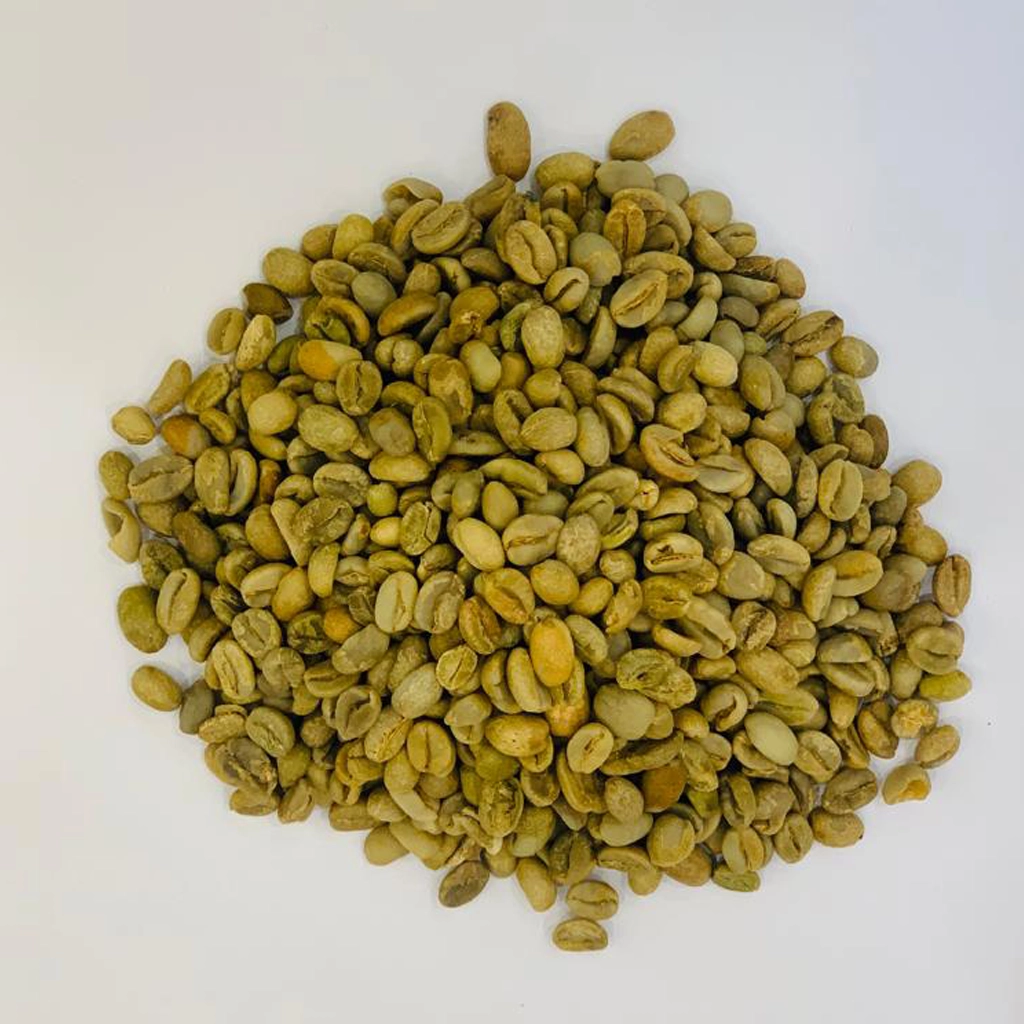

Geez Coffee brings Ethiopia’s rich coffee heritage to every sip
Crafted for those who appreciate authentic, premium coffee
100% ethically sourced, ensuring quality in every cup


